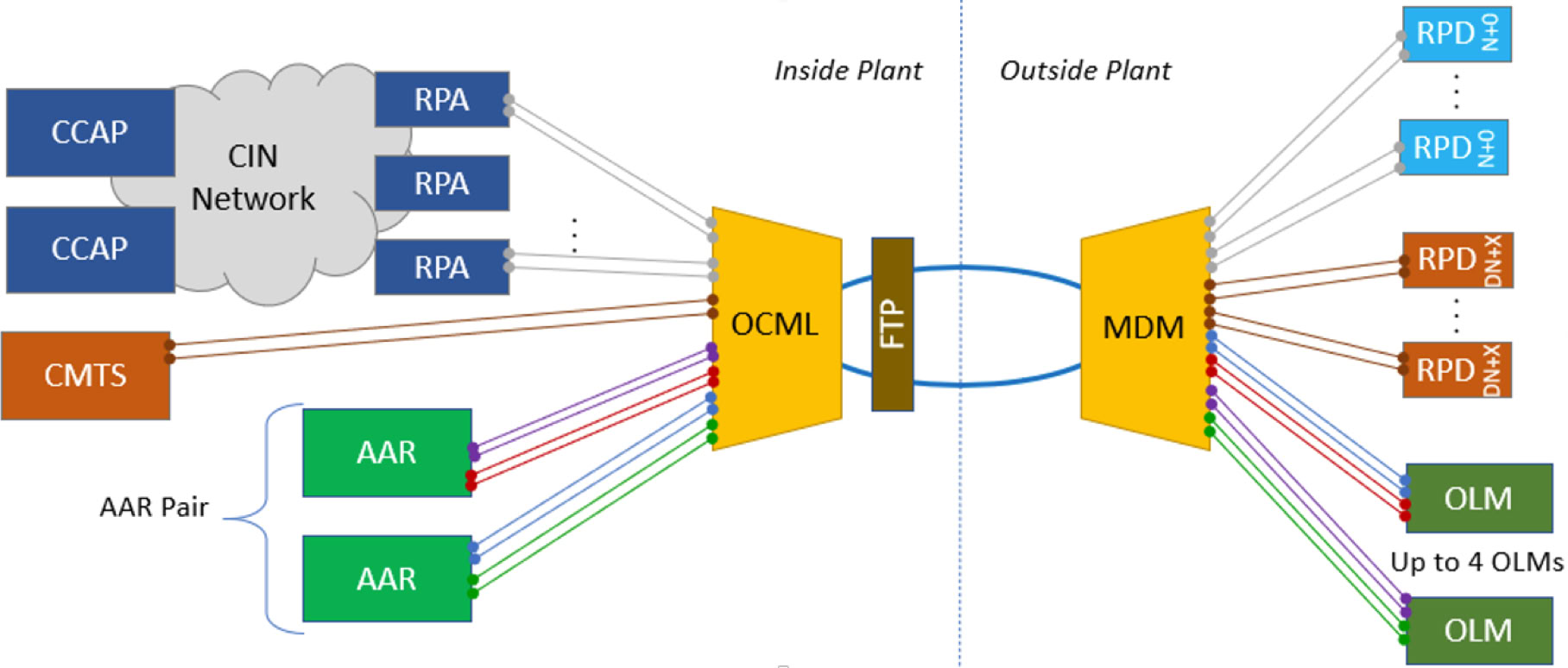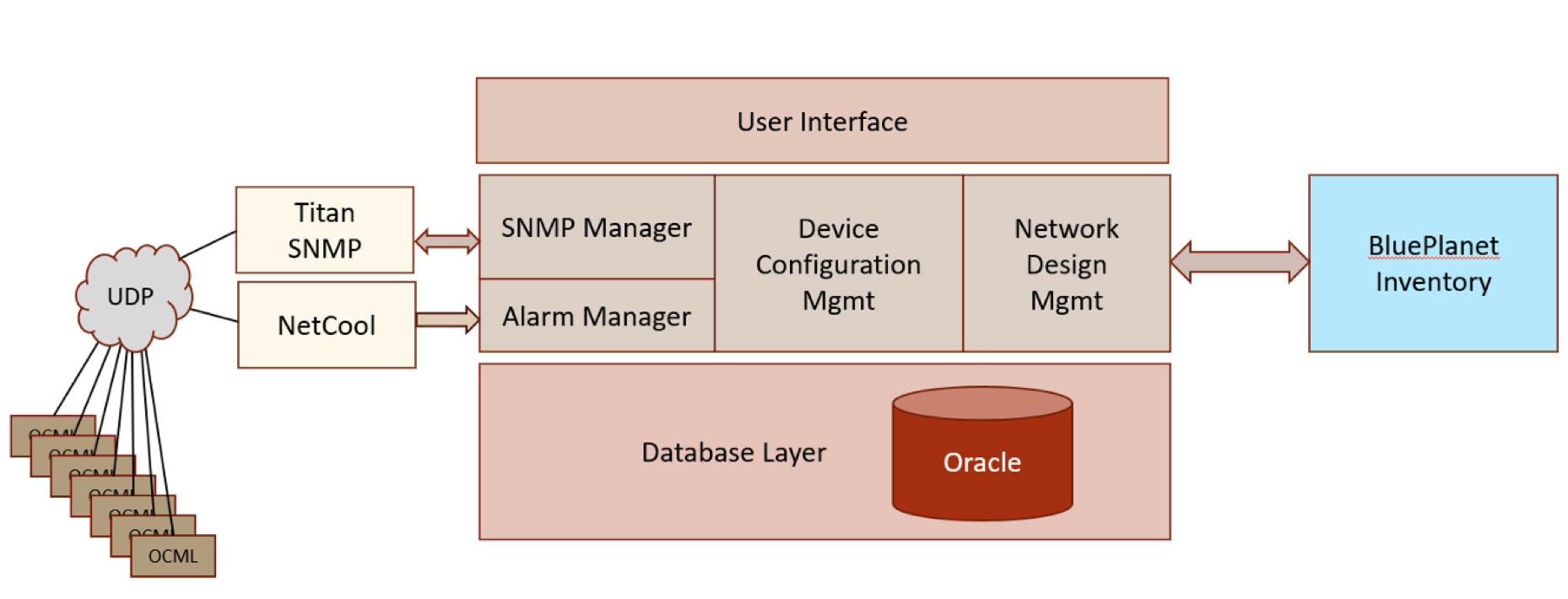case study:
ocml element manager

case study:
ocml element manager


While both the Nokia and ATX devices support SNMP for device configuration and management, there was no element manager for these devices. As one might expect, Nokia wasn’t keen to develop an EMS that would be responsible for ATX devices. Nor was ATX keen to manage Nokia’s equipment.
Seeing this dilemma, we put forward a proposal to build an element manager that leveraged the other assets already in-place in the OSS ecosystem.
Rather than building a separate user interface to enter new OCMLs and their subtending MDMs, we integrated with the Network Inventory application, BluePlanet Inventory (BPI), to download the OCMLs as they were being deployed in the design-and-assign process. This eliminated the need to swivel-chair (or bulk-load data from spreadsheets), and reduced development costs as well. As updates are applied to BPI, they flow seamlessly into the OCML Element Manager, and vice-versa.
In addition, the Network Inventory integration provides upstream/downstream connectivity. So we can report on the impacted circuits/services and related customers for each device.
Next, we integrated with NetCool to get alarm/event notifications, so that we could display that active operational status of each OCML. We maintain a history of each device, so to identify prospective issues before they became service effecting.
Since Cox already had an SNMP Gateway application (Titan) deployed, we integrated with it to enable the EMS user to (re)configure devices from a single place – recording all device changes and enabling rollback to a previous config. By polling for full device configuration on a daily basis, and logging config changes, we provide a comprehensive audit trail.

The Optical Communication Module Link extender (OCML) is a DWDM device developed by Cox Communications and manufactured by Nokia and ATX. The OCML has forty 10Gb ports, each with a designated lambda, multiplexed to 400Gb. Each OCML chassis has two slots, supporting two demux devices, called an MDMs, at a remote location.
Copyright©️2025, Cane Systems LLC
Leveraging existing OSS infrastructure, we were able to develop and deliver the OCML Element Manager at a fraction of the time and cost of a traditional stand-alone EMS. This integration-based approach ensures that OSS applications stay aligned with one another – not operating in a “stove pipe” fashion.
For more on the OCML device and its use in converging access networks, see https://broadbandlibrary.com/ocml-for-converged-access-networks/.